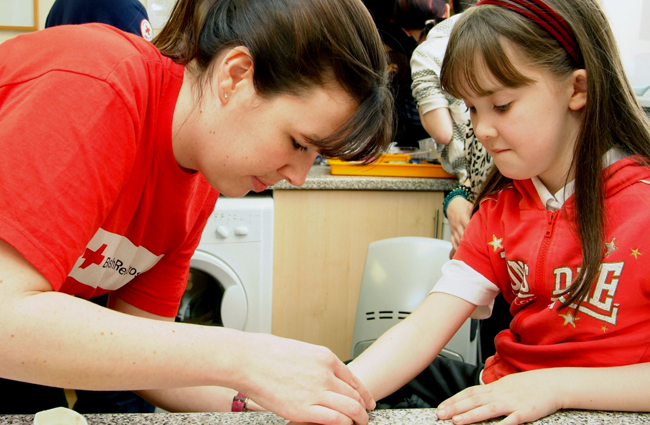First Aid Guidance For Parents On Basic Accidents

Most accidents, for men and women of every age, happen in the home. Kids are the most prone to these accidents because of their curious and adventurous nature. Parents need to be vigilant and take every possible precaution to protect their children from potential and unwanted dangers.
First-aid is definitely important to know, but why not learn how to restrict the possibility of accidents in the first place? There are always a number of threats that need immediate attention, even if you think your home is safe. For example, the toxins in various cleaning products must be stored in locked places or out of children’s reach. Any flammable materials like matches and lighters should also be kept far from children’s curious fingers, in order to prevent fires and burns. Parents should develop fire escape plans and make them easily accessible and understandable to the whole family, children included.

Parenting a child can be fun, but things can get serious whenever your child gets hurt. Nervousness is bound to hover over you. Before you start to panic, you need to apply basic emergency first-aid knowledge. The most common accidents for toddlers and younger children are falls, burns and scalding. There is also the possibility of cuts and scrapes from sharp edges while toddlers are learning to walk. Choking and suffocating are more common among babies. Care should be taken while letting your child play with toys. Any loose items like buttons, marbles and other small objects must be placed in safe locations. Taking a CPR class and learning about different techniques for treating various injuries is a must.
Here are some of the most common incidents along with their treatment:
Never delay attending to any kind of injury. These tips are guidelines to prevent minor problems from turning into serious injuries. So, do not panic the next time you find your son or daughter coming running to you with bleeding hands or swollen eyes. Take a deep breath, apply your first aid knowledge and if you are unable to handle the situation, go to see a doctor right away.
